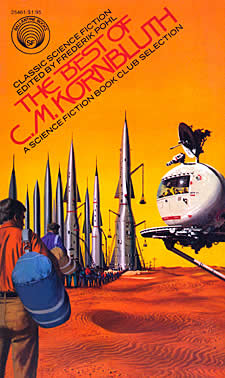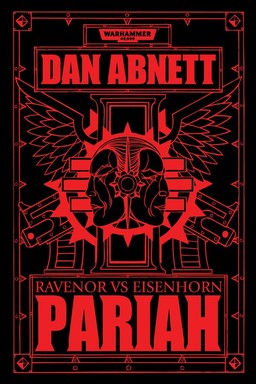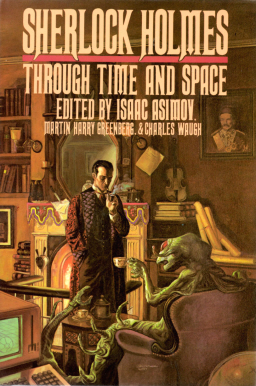 Gemen the Antiques Dealer puts the plan he’s been preparing for decades in motion, in the conclusion to the epic fantasy series that began with “The Trade” and “The Find.”
Gemen the Antiques Dealer puts the plan he’s been preparing for decades in motion, in the conclusion to the epic fantasy series that began with “The Trade” and “The Find.”
Five more times did Gemen, Tetch, and Velori delay or misdirect their pursuers. They destroyed a bridge over a high gorge, they broke open an upstream beaver dam and flooded the road, they laid caltrops and netting, they set tripwires and, once, right in the heart of the vast Samandwan forests, in a natural amphitheatre of towering duskwood trees, Tetch spent the best part of a day laying an enchantment on the roadway that would, or so he assured Gemen, cause the Corvaenish riders to ride in a tight circle and return by the way they’d come, none the wiser for hours.
“It’s a guarantee!” said Tetch, more than a little defensively.
“When I do a thing,” said Velori, “I simply do it, and leave off the guarantees.”
“Come now, girl!” said Tetch. “All this time spent with Gemen, and you’ve yet to develop a belief in magicks?”
“What I believe,” said Velori, “is that we’ve set obstacles aplenty, and we’re still being followed.”
Mark Rigney is the author of the plays Acts of God (Playscripts, Inc.) and Bears, winner of the 2012 Panowski Playwriting Competition. His short fiction has been nominated for a Pushcart Prize and appears in Black Static, The Best of the Bellevue Literary Review, Realms of Fantasy, Talebones, Not One Of Us, Andromeda Spaceways Inflight Magazine, Lady Churchill’s Rosebud Wristlet and many more. A haunted novella, “The Skates,” is now available from Samhain Publishing, with a follow-up due in early 2014, and his contemporary fantasy novel, A Most Unruly Gnome, won the 2009 First Coast Novel Contest.
Mark’s previous stories in The Tales of Gemen the Antiques Dealer were “The Trade,” which Tangent Online called a “Marvelous tale. Can’t wait for the next part.” — and “The Find,” which Tangent called “Reminiscent of the old sword & sorcery classics. I can’t wait to see what fate awaits Gemen. A must read.”
The complete catalog of Black Gate Online Fiction, including stories by Aaron Bradford Starr, Jamie McEwan, Martha Wells, Mary Catelli, Michael Penkas, Ryan Harvey, Nina Kiriki Hoffman, E.E. Knight, C.S.E. Cooney, Howard Andrew Jones, Harry Connolly, and many others, is here.
“The Keystone” is a complete 15,000-word novelette of weird fantasy offered at no cost.
Read the complete story here.
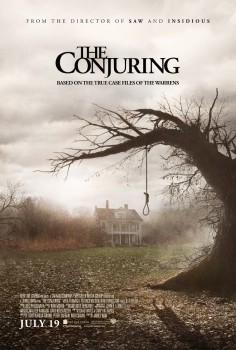 This week, I’m going to take a break from the summer heat and my blogging of Arak, Son of Thunder to get all spooky on you. This is a topic I’d normally tackle in the autumn, closer to Hallowe’en, but it turns out that one of the surprise summer hits is a supernatural horror film called The Conjuring. If you enjoyed that film and are looking for some home-viewing follow-ups, here are a few to consider…
This week, I’m going to take a break from the summer heat and my blogging of Arak, Son of Thunder to get all spooky on you. This is a topic I’d normally tackle in the autumn, closer to Hallowe’en, but it turns out that one of the surprise summer hits is a supernatural horror film called The Conjuring. If you enjoyed that film and are looking for some home-viewing follow-ups, here are a few to consider…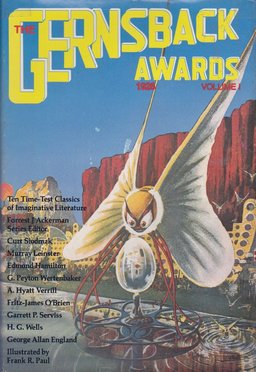

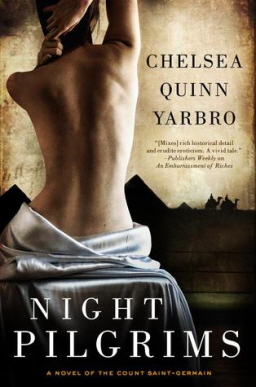
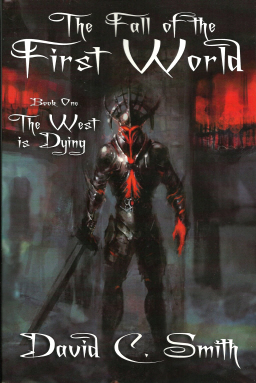
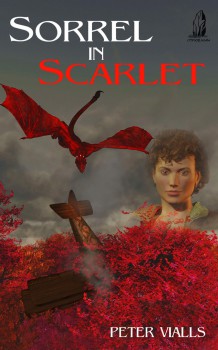
 There’s been much discussion lately on Black Gate about Kickstarter: about projects
There’s been much discussion lately on Black Gate about Kickstarter: about projects 